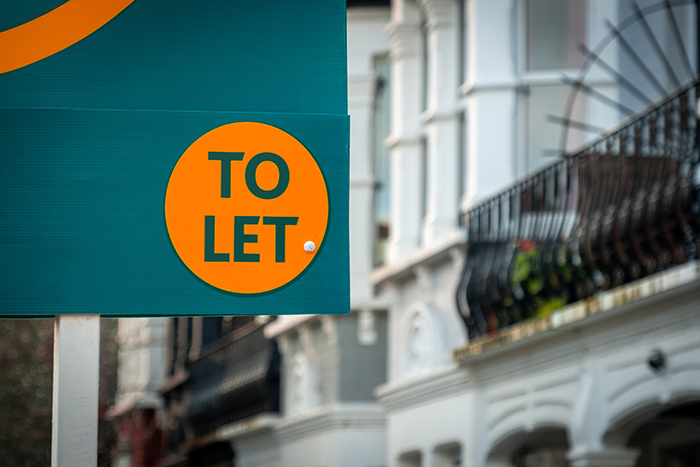
Bridging loan transactions saw a 15.3% increase in the third quarter, totalling £191m. This is according to the latest Bridging Trends survey which suggests the rise from £165.7m in the second quarter shows borrowers are utilising the product’s flexibility in the current climate.
Amid the uptick in lending volume, there was a noticeable shift in the average monthly interest rate – jumping from 0.84% in Q2 to 0.94% in Q3.
This is the highest reported since Bridging Trends launched in Q1 of 2015 when it hit 0.95%, demonstrating how the current high-interest environment and the base rate hikes have affected the sector.
The average loan-to-value continued to sit comfortably under the 60% mark, increasing from 56.9% in Q2 to 57.3% in Q3. Borrowers may be borrowing more due to lower valuations caused by a softening in house prices.
Preventing a chain break remained the most popular use of a bridging loan, at 22% of total transactions in Q3. Meanwhile, property owners and developers became hesitant to take on costly renovations in the third quarter due to the slowing of house price growth as demand for bridging loans to finance heavy refurbishment projects plummeted from 13% in Q2 to 7% in Q3 – the lowest it has been since Q4 2020.
Funding an auction purchase accounted for 10% of all bridging loans in Q3, increasing from 6% in Q2. The number of bridging loans for refinancing purposes also increased for both regulated and unregulated, at 12% and 10% respectively.
Demand for second charge bridging loans dropped for the fifth consecutive quarter, falling from 10.7% in Q2 to 10% in Q3 and after two quarters of extending its market share, demand for regulated bridging decreased from 48.7% in Q2 to 46.1% in Q3.
However, ‘regulated bridging’ was the top criteria search made by brokers on Knowledge Bank’s system in Q3, replacing ’minimum loan amount’.
The traditional summer lull likely caused the average bridging loan completion time to increase from 58 days in Q2 to 62 days in Q3. This trend has been observed in previous third quarters as well, such as in Q3 2022 where it increased to 60 days from 57 days in Q2 2022.
The average term of a bridging loan remained steady at 12 months.
Enness Global head of specialist lending Chris Whitney comments: “Increased completion times have been a topic of hot conversation in the industry for some time now and reflected, frustratingly, in the data here. I appreciate we had the summer period but still think this is heading in the wrong direction. We await to see what next quarter looks like with interest”.
He adds: “This time around we see the average interest rate on a par with 2015 levels. The base rate was 0.5% back then compared to 5.25% currently, so bridging rates haven’t risen proportionately with base rate. Possibly, bridging rates have been kept low by good levels of liquidity within the UK market and increased competition.
Capital B Property Finance director Chris Borwick says that against a backdrop of mortgage approvals falling to their lowest level since January, it is heartening for those operating in the specialist sector to see some good news in the form of bridging lending volumes jumping by 15.3% in Q3.
“Yes, rates are up, as they are across the whole lending market due to the run of 14 months of base-rate rises, but lenders have found a way to keep pricing competitive and mitigate the impact”.
He adds: “Despite these positives, I’m sure all brokers will agree that the market remains challenging, and this is reflected in the increased completion times. Expertise and market knowledge has never been more crucial.”



